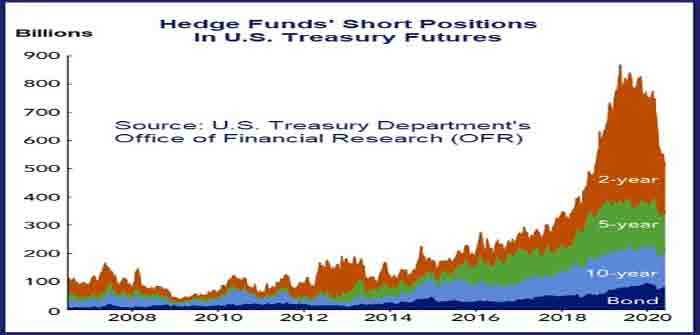
by Pam Martens and Russ Martens at Wall Street on Parade
New details have emerged to provide a fuller picture of the turmoil that was taking place in the dark corners of markets when the overnight repo market blew up on September 17, 2019 and the Fed had to run to the rescue with trillions of dollars in cumulative loans that went on for months.
Imagine if you were the Federal Reserve and had been thoroughly disgraced by waging more than a two-year court battle to prevent the press in America from doing its job and publishing the granular details of the Fed’s 2007 to 2010 bailout of Wall Street and its foreign bank derivative counterparties. Then the Fed was further disgraced after losing the court battles when in 2011 the details of the $29 trillion bailout were published. Chances are that the Fed would not be anxious to let the public or Congress hear the latest details of bailing out hedge funds for the one percent that were using leverage of 50 to 1 obtained from the very banks the Fed is supposed to be supervising.
That background might help to explain why there was a complete news blackout by mainstream media, including by reporters assigned to cover the Fed, when the Fed began releasing the names of the trading units of the Wall Street megabanks that were pigs at its emergency repo bailout trough from September 17, 2019 through December 31, 2019.
That background might also help to explain why the Treasury Department’s Office of Financial Research (OFR) wrote a research paper attempting to shift hedge fund turmoil in the Treasury futures market to March of 2020 – after the onset of the COVID-19 pandemic in the U.S. – but slipped up and included two graphs that move the onset of the turmoil to smack dab in September of 2019.
As we next describe what happened, it’s important to remember that thanks to the repeal of the Glass-Steagall Act in 1999, Wall Street has been allowed to structure itself into a daisy chain of systemic contagion. The same trading houses giving 50-to-1 margin loans to hedge funds on their Treasury securities as their so-called “prime brokers,” are the same “primary dealers” used by the New York Fed for its open market operations and contractually bound to be buyers of Treasury securities when the government issues new debt. The primary dealers that are the sugar daddies to hedge funds and get a regular pat on the head from the New York Fed, are, for the most part, owned by the megabanks on Wall Street which also own giant, federally-insured, deposit-taking banks that hold trillions of dollars of mom and pop savings accounts and insured money market accounts.
But in addition to holding trillions of dollars of insured mom and pop savings…
Continue Reading